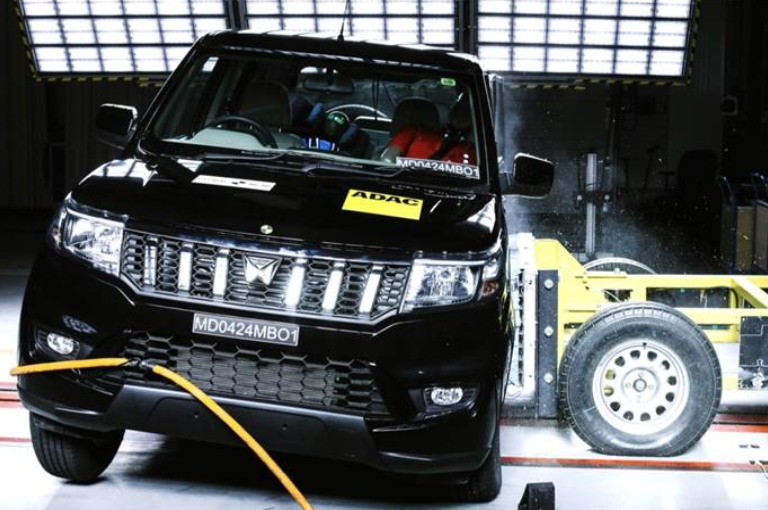
New Delhi: The Mahindra Bolero Neo, a compact SUV, recently underwent crash testing as part of Global NCAP’s Safer Cars for India programme, resulting in a disappointing 1-star rating for both adult and child protection. Equipped with only two airbags as standard, the Bolero Neo fell short on various safety parameters, leading to its low score.
Crash Test Ratings and Analysis
Under the latest testing protocols, the Bolero Neo scored 20.26 out of a maximum of 34 points, indicating an unstable structure and footwell area. Weak chest and feet protection for the driver, coupled with the absence of curtain airbags and seat belt reminders for all passengers, contributed to the poor performance. In terms of child occupant protection, the SUV scored 12.71 out of a possible 49 points, with deficiencies in three-point seat belts, passenger airbag switch, and child restraint systems.
Challenges with Side-Facing Third-Row Seats
One notable concern highlighted by Global NCAP is the presence of side-facing third-row seats in the Bolero Neo, which detracts from overall safety. The safety body criticized Mahindra for failing to meet safety expectations, citing the continued use of this seating configuration in its SUVs.
Implications and Future Outlook
While Mahindra has achieved favourable ratings for models like the Scorpio N, XUV700, and XUV300, the Bolero Neo’s low rating underscores the need for improvement. Based on an older platform, the Bolero Neo is set to be replaced within two years by a new platform currently in development. Global NCAP’s assessments also included the Honda Amaze and Kia Carens MPV, marking significant milestones as Bharat NCAP nears full activation.
The 1-star rating for the Mahindra Bolero Neo raises concerns about safety standards in the Indian automotive market. With increasing emphasis on vehicle safety, manufacturers must prioritize enhancements to ensure the protection of occupants, especially in critical areas such as adult and child protection. As Bharat NCAP gains momentum, automakers must address safety deficiencies and deliver vehicles that meet evolving safety expectations.











